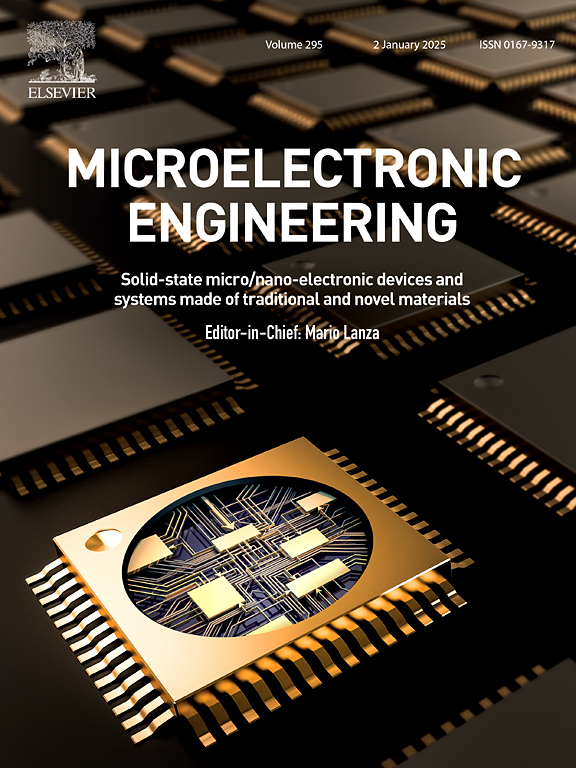A review on structure and manufacturing optimization of LDMOS devices
IF 3.1
4区 工程技术
Q2 ENGINEERING, ELECTRICAL & ELECTRONIC
引用次数: 0
Abstract
Bipolar-CMOS-DMOS (BCD) is the mainstream manufacturing technology for power management integrated circuits (PMIC), with laterally diffused metal-oxide semiconductor (LDMOS) devices serving as the core component. This review provides a comprehensive overview of LDMOS device structures, manufacturing processes, and applications. It discusses the fundamental structure and working principles, encompassing the manufacturing processes, critical technological features, and industry-specific module descriptions. Furthermore, it introduces device optimization strategies
tailored to various application scenarios. By integrating insights from both industry and academia, this review highlights emerging trends and challenges in the field, offering a forward-looking perspective on LDMOS advancements and future research directions.
LDMOS器件结构与制造优化研究进展
双极cmos - dmos (BCD)是电源管理集成电路(PMIC)的主流制造技术,其核心器件是横向扩散金属氧化物半导体(LDMOS)器件。本文综述了LDMOS器件的结构、制造工艺和应用。它讨论了基本结构和工作原理,包括制造过程、关键技术特征和特定于行业的模块描述。此外,还介绍了针对不同应用场景的设备优化策略。通过整合工业界和学术界的见解,本综述突出了该领域的新兴趋势和挑战,为LDMOS的进展和未来的研究方向提供了前瞻性的视角。
本文章由计算机程序翻译,如有差异,请以英文原文为准。
求助全文
约1分钟内获得全文
求助全文
来源期刊

Microelectronic Engineering
工程技术-工程:电子与电气
CiteScore
5.30
自引率
4.30%
发文量
131
审稿时长
29 days
期刊介绍:
Microelectronic Engineering is the premier nanoprocessing, and nanotechnology journal focusing on fabrication of electronic, photonic, bioelectronic, electromechanic and fluidic devices and systems, and their applications in the broad areas of electronics, photonics, energy, life sciences, and environment. It covers also the expanding interdisciplinary field of "more than Moore" and "beyond Moore" integrated nanoelectronics / photonics and micro-/nano-/bio-systems. Through its unique mixture of peer-reviewed articles, reviews, accelerated publications, short and Technical notes, and the latest research news on key developments, Microelectronic Engineering provides comprehensive coverage of this exciting, interdisciplinary and dynamic new field for researchers in academia and professionals in industry.
 求助内容:
求助内容: 应助结果提醒方式:
应助结果提醒方式:


